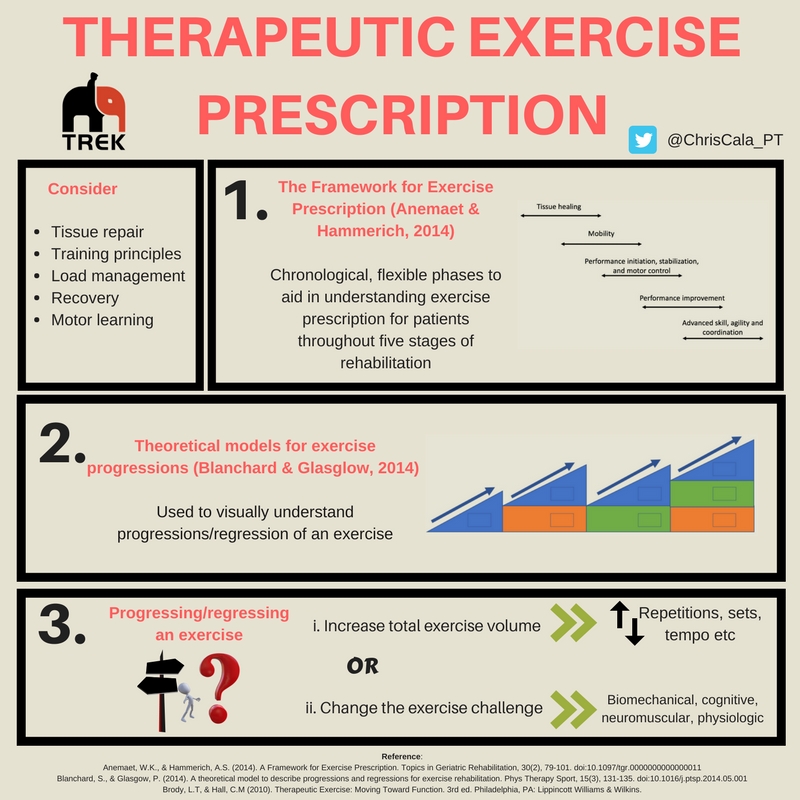Laurie's Blogs.
Mar 2019
Afraid to Progress
So, this week I was referred an interesting case. It was a nice little Australian Cattle Dog that competes in agility. Back in October he suffered a presumed slip or something (came back lame on retrieving a ball on uneven ground) and has been in hobbles ever since (5 months). So, I was asked to help come up with a plan for what to do. To be honest, everyone else treating him (he’s not local to me) is rather scared to progress him, and frankly they don’t know how, and that’s what I was asked to come up with.
They aren’t alone! I see this often from many different non-physiotherapist practitioners. Why non-physios (PTs)? I think that when we (physios) treat humans and learned about exercise prescription, we were made to feel very comfortable with pushing the body. We were given a solid grounding in tissue healing and what to do at each stage. We know that in order to progress, you need to challenge tissues. (My mantra “There is no crate rest fairy” fits well in this scenario!)
Okay, what did find with this dog? On assessment, he had no pain with overpressure of the glenohumeral joint (which would indicate no joint inflammation). He was apprehensive with shoulder joint abduction bilaterally, and there was an automanip and some crepitation on testing the affected side. It should also be noted that this dog has not been lame since 1-week following the injury 5 months ago… but has been in hobbles for all activities for this entire time. He did have supraspinatus tenderness, but I attributed that do the constant overworking of the supraspinatus tendon because of the hobbles and how they restrict shoulder extension. Ah, and yes, there would likely be too much abduction – I stopped at a point that was hypermobile, the dog was apprehensive. I don’t need to know exactly how far it will go. I have enough information with just that: Medial shoulder hypermobility (bilateral), likely some cartilage or labrum damage as well.
What did I do? I took the hobbles off and we started to try out exercises to see what he could do. He’s now doing diagonal leg stands, 3-leg stands with theraband resistance, pushups, active shoulder extensions, side stepping, scalenes stretches, and 3-leg stands with contralateral shoulder flexed abduction holds. All exercises designed for stability & use. The owner was also shown how to ‘wobble’ the shoulder as a home mobilization. IF this dog is going to be a successful conservative management case… we actually have to get him to do things! If he doesn’t do well, or worsens, or yo-yo’s, then something surgical might be in order. But we’ll never know if we don’t take him out of the hobbles. Oh, yes, and for walks and ‘baby’ agility practice, the owner is going to use my shoulder bandaging technique (using a tensor / ace bandage) to provide light proprioceptive support.
The bottom line is that we need to safely stress the tissue and test the tissue. I then decided to do a google search on physiotherapy exercise progressions, because I thought, “How is it that I just ‘instinctively’ knew what had to be done?” (Instinctive is laughable, because really, that the part that is the result of years of schooling and practice in exercise prescription.) Anyways, I digress, because I found a couple of excellent resources.
1. http://exercise.trekeducation.org/therapeutic-exercise-prescription/
Here’s a great visual from that website:

1. https://www.ausmed.com/cpd/articles/progress-rehabilitation-exercise
This was a great article that talked about WAYS to progress and exercise:
•Change the level of assistance provided (i.e. by you or the therapist, or the assistive device)
•Reduce the patient’s use of supportive devices
•Withdraw your verbal or physical feedback
•Require more or less attention (in order to do a task)
•Break activities into natural components of movement
•Introduce variability
You’ve all likely also heard that you can change or increase duration, frequency, intensity, resistance, speed, repetitions, and difficulty of the exercise… but really, the information above breaks that down even further!
So, I encourage you to read through both of these articles / blog posts and start getting a little more comfortable with your exercise progressions!
Have a great (progressive) week!
Cheers! Laurie


